‘The Phantom of Liberty. Version’ by Vlada Ralko at Arsenal Gallery in Białystok
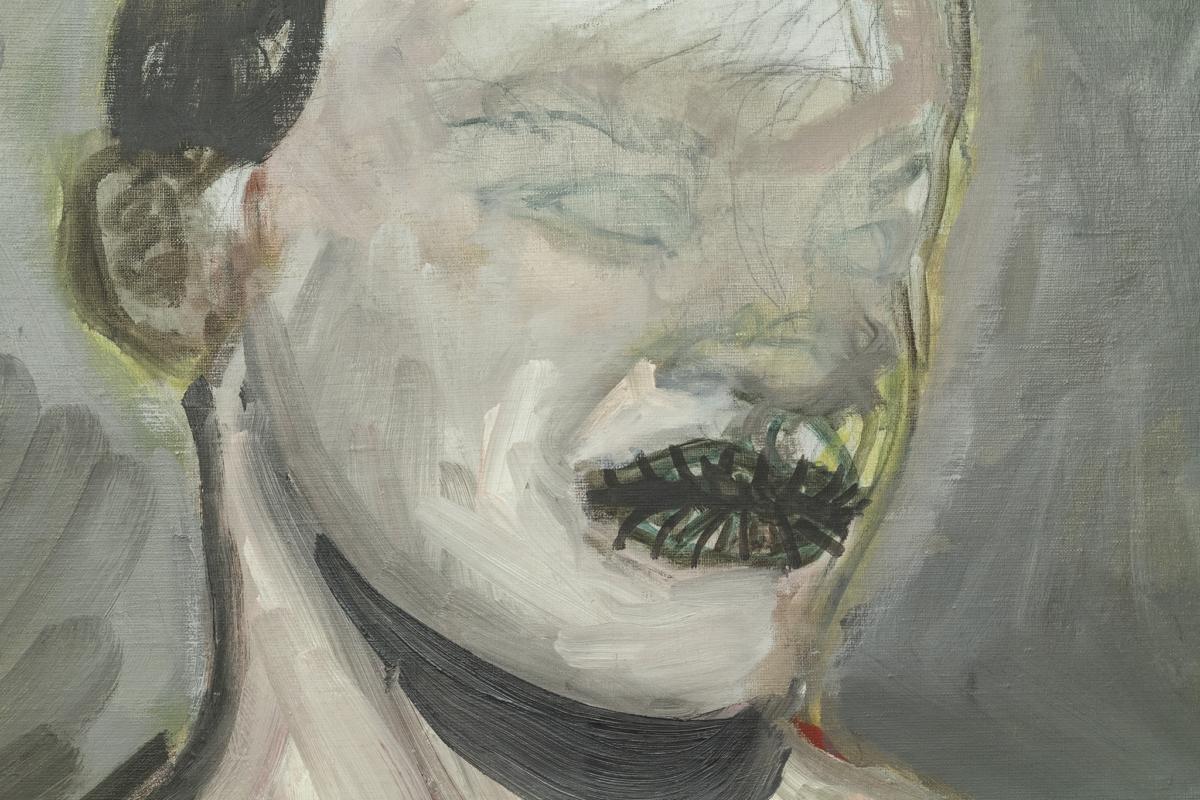
Anna Łazar, The Human, in Interiors
Artificially imposed norms have undermined
our understanding of normalcy to such a
degree that normal human phenomena have
come to be viewed by many as ugly,
pernicious, heroic or insane. [1]
Ukrainian artist Vlada Ralko operates with momentum. The depths and spaces of her expressive large-format paintings, home to hybrid figures composed of people, animals, mannequins, objects, and the unspecified, are claustrophobic – yet also engaging, ironic, tying in with the current political situation, sexuality, and culture. They constitute a separate expression, one moving away from the metaphorical founded on conventional associations, yet remaining very close to everyday experience. They are an original commentary on the condition and events of Ukrainian contemporaneity, awash with the totalitarian heritage of the USSR, Ukrainian-Russian conflict, and antagonisms separating average people – e.g. elderly women – and representatives of those in power/ oligarchy – e.g. black suit wearers. Vlada Ralko escapes publicist unambiguity. Her paintings send out a signal of humans/ bodies entangled in the external, in circumstances wherein they preserve shreds of empowerment while losing agency. This is no story told by a matron or finishing school girl – roles recognised as acceptable and trouble-free. This is an account blending in non-commoditised feminine/ human sexuality with repressed social issues with empowerment, rooted deeply in the Soviet system. This is a language of transgression, of excess, of reflecting on the sources of what one considers regular. To the artist, feminine corporeality has become an analogy to the marginalised position of the human, submitting to an individuality-depriving system.


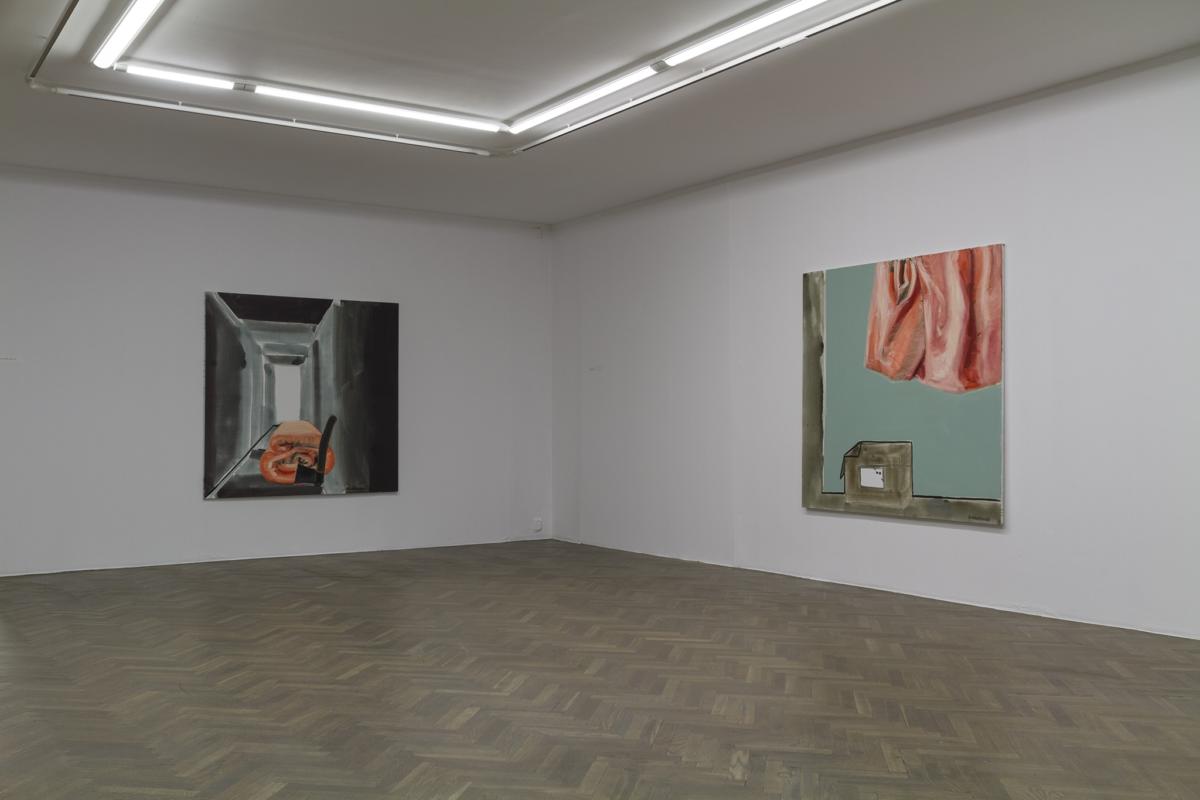

Paintings from The Phantom of Liberty series depict the human in interiors. The human is simultaneously dead and vital, captured in motion, in the moment of transformation. The artist applies the term human to blurred corporealities; while not bestowing nominal certainty upon them, she highlights their main feature: the non-finalised quality tying in with being human. The unspecified human is expressed in codified and normalised architecture. Far from definitive, it takes no firm strides, creeping, hanging, stopping, glancing, and gazing out. Uncertain of itself, well-nigh animalistic. While continually anthropomorphic, it is already liquefying.
[…] the objects that keep slinking into our present existence from the Soviet past adapt and stop being recognizable. Instead of serving as witnesses or reminders, they become exotic signs of an exotic era. Instead of serving as ties, these things paradoxically entrance, lull and plunge us into oblivion.[2]
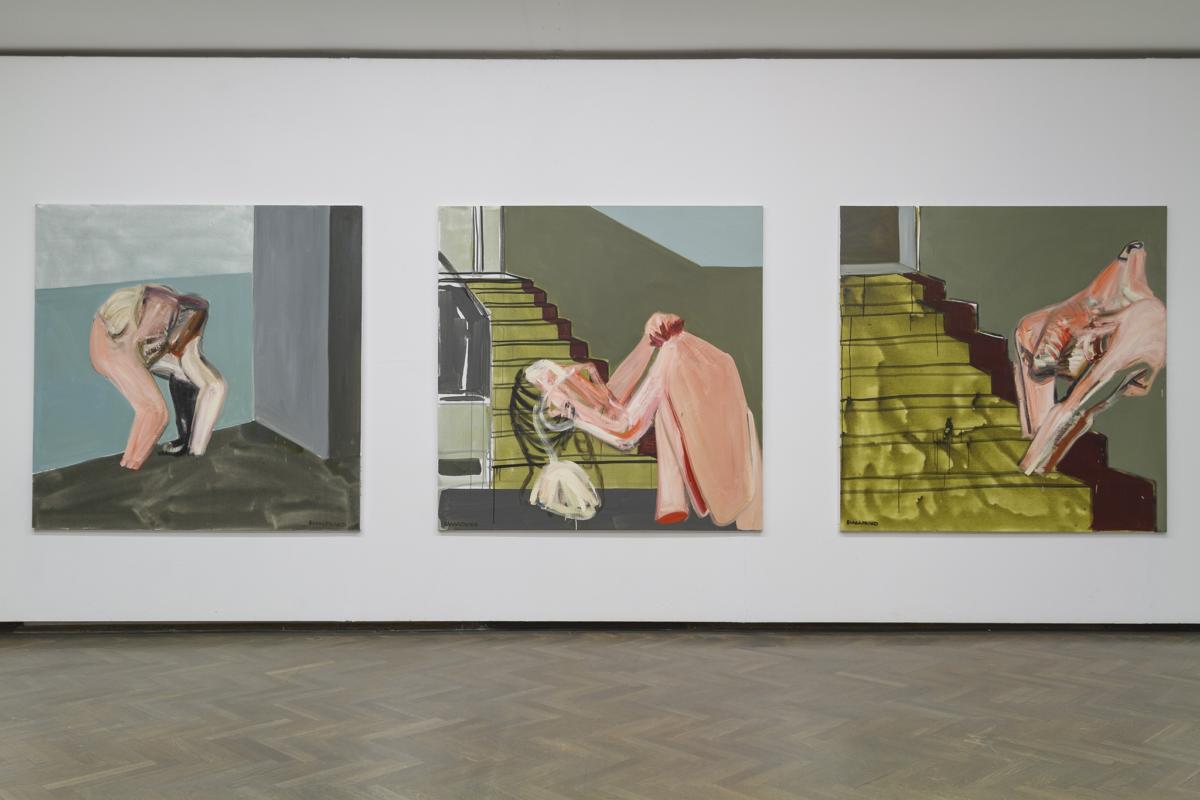
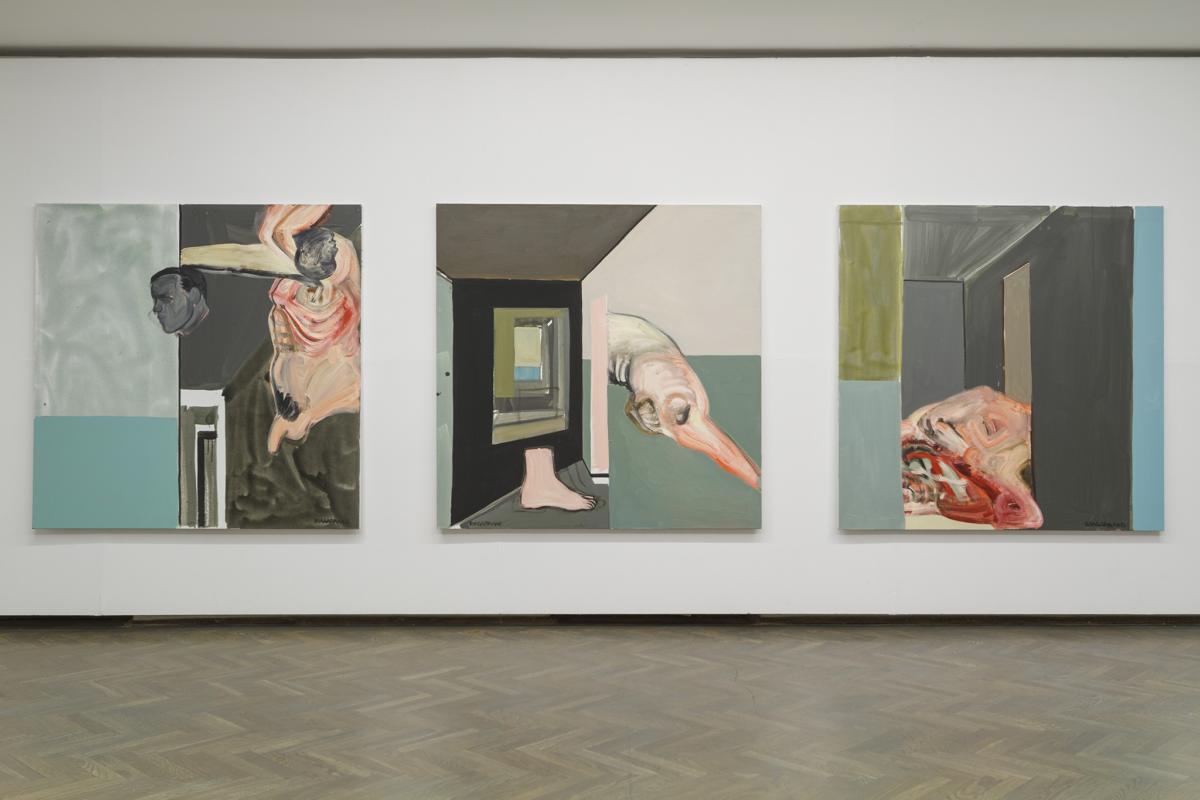

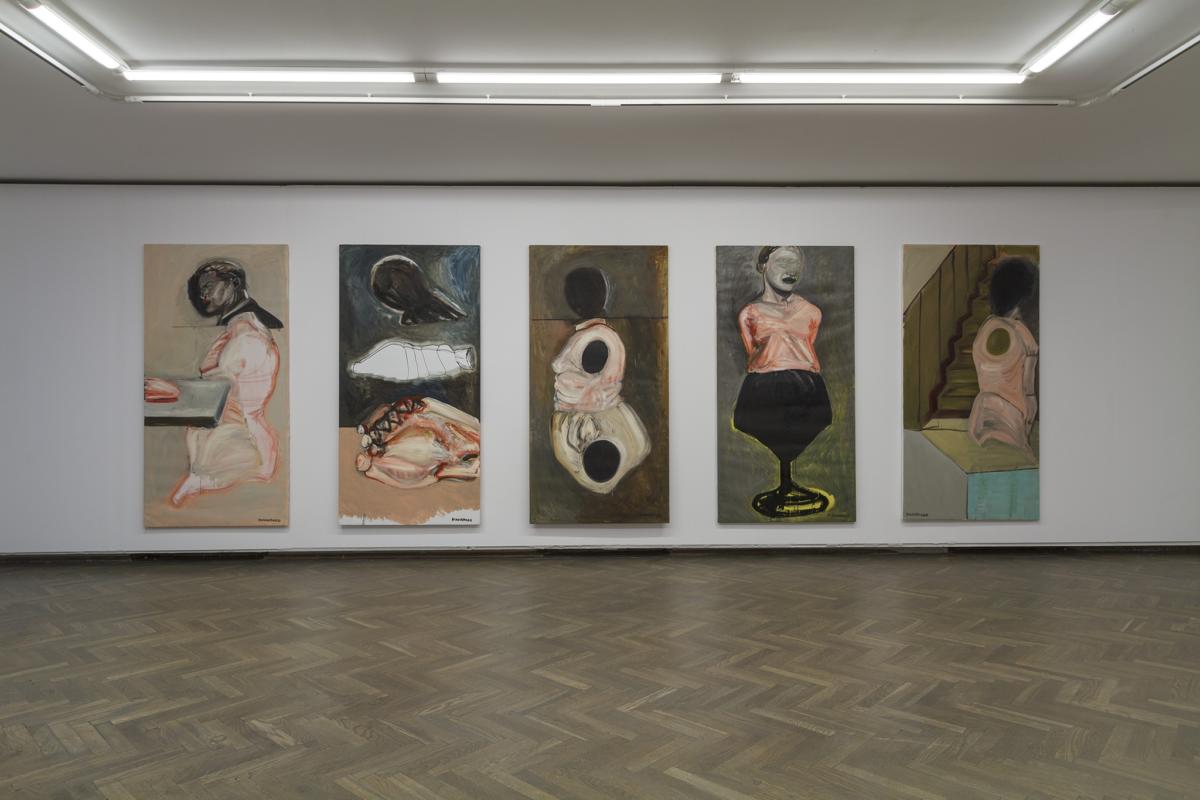
Interiors rendered by Vlada Ralko have specific prototypes, based on an abandoned tourist accommodation centre in Kaniv, the final resting place of Ukrainian lyricist Taras Shevchenko, romantic bard of rebellion and pursuit of freedom, whose body – in conformity to Shevchenko’s will expressed in his poem My Testament (Ukrainian: Заповіт) – was moved in 1861 from the Petersburg cemetery and interred by the Dnieper River, upon a hill which would become a central part of what was named the Shevchenko National Preserve. “Zapovidnyk” is the Ukrainian term for “preserve” (or “reserve”), its sound close to the word “zapovit” – last will and testament. It stands for a thing separate and particularly valuable, deserving of protection, and – obviously – impossible to fathom as self-standing, thus subject to rationing and control. Architecture occupying Taras Hill today carries visible attributes of official Soviet culture, reproduced over nearly thirty years of Ukrainian independence, both in the folds of the immortal draperies and in the way of organising official ceremonies. The tourist accommodation centre, abandoned and marginal to the Kaniv context, allowed the artist to accentuate the predicament of two political systems intersecting. In Soviet times, common/ public spaces, unified and norm-restricted, offered no freedom. Yet both the contemporary privatisation efforts appropriating common spaces of the past and the discernible traces of the Empire are remedies allowing colonisation of individuality. Both trends spell out supervision and formatting of the individual. Elements typical for Soviet interiors, featured on Vlada Ralko’s canvasses – dadoes in dirty painted hues, rendered by the artist in an impression of the horizon – morph into a symbol of a bogus promise-making system. The paintings reek of stifled and claustrophobic ambience with no doors or true horizon. Vlada Ralko writes that the only way out of the pitfall is through the human.[3]
Sewn up with thick seams, a chicken carcass resembles a human body after a post mortem. A human body, violated, treated like an object. An animal carcass, rendered in a form suggesting the likeness of a human body, bones, flesh, tendons, and viscera protruding. Skin, folded back, revealing the contents – the architecture of intestines, liver and heart enclosed in the cage of emerging ribs. During wartime, for example. The human body is susceptible to decomposition and tearing, just like that of an animal prepared for consumption. In her painting, Vlada Ralko was inspired i.a. by meat and fish roulades featured in Polish Cuisine, a cookbook published in Russian in 1959. A fish is wrapped in linen and tied with string, yet in a manner bringing a shrouded human corpse to mind. The painting Preparation, which replicates a frame from the aforementioned book, does not show the female cook’s entire figure: all we see is a pair of hands, gutting a chicken. Some practices apply to animals only, while others – exclusively to humans. Yet certain shifts are occasionally possible, inconspicuous and seemingly innocent. Once we agree that an animal body may be treated like an object, its body comprising organs identical to ours, it becomes much easier to imagine human susceptibility to dismemberment, bringing the concept closer to daily experience. The body loses its subjectivity, becoming subject to specific actions. In a context slightly altered and with no hint at moralising, daily kitchen activities tell a story of violence. A folded blanket and an axe. A mattress for sleeping, an axe for chopping. One active, the other passive – once juxtaposed, they reveal their body-associated capacity.
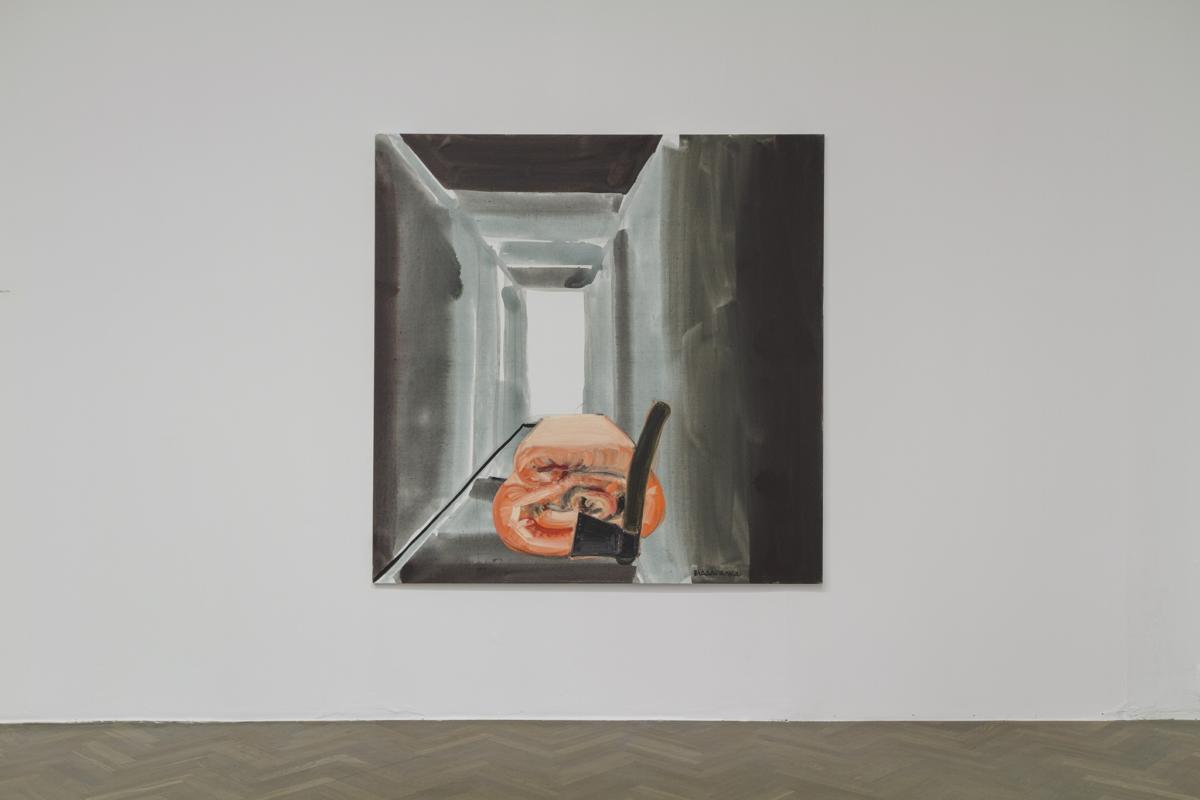
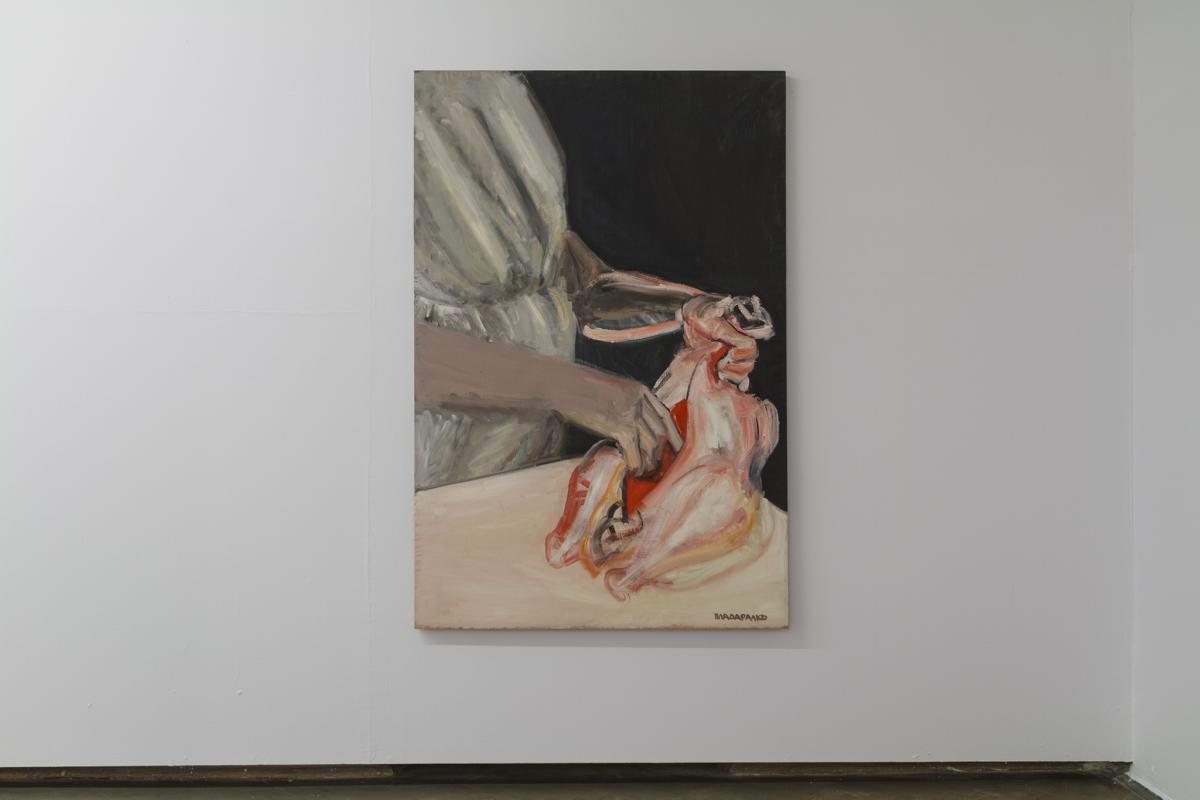
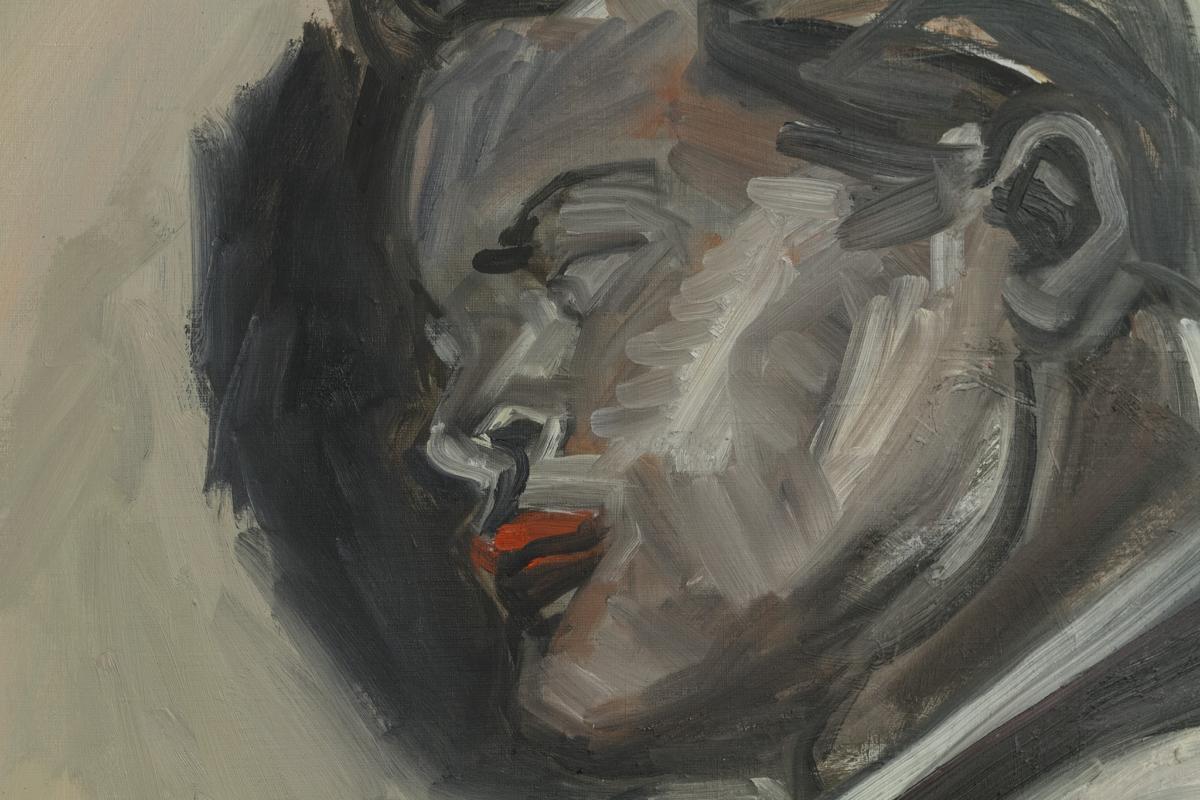
A Figure With a Black Head resembles the torso of a doll/ mannequin, limbs removed. Oval, gaping holes suggest a multiplication of the head. The body of a doll, a hybrid of an elderly woman and baby, suspended in brown space, middle ground between a tomb and an earthen room. The black line of the rope/ dado horizon severs the head from the torso. In the Body, a number of adjacent items have been aligned: a balaclava-clad human head; a fish shroud-roulade; and a sewn-up, decapitated chicken.
These odd sequences give rise to unexpected associations between bodies, producing tension which cannot be diffused: we do not live in an orderly world. Both that of the human and freedom continue altering their content and meaning. On the one hand, we have begun perceiving animals differently, ever more frequently recognising their subjectivity and dignity; an increasing share of our image of ourselves and others has been assuming public and identity-related dimensions. On the other hand, violence against humans remains at our fingertips. Palpable and close. On the other side of our wall, on the other side of our border. Art carries a different way of experiencing such unharnessed contradictions – allowing them a look, taking them outside for little while.
translated from Polish by Aleksandra Sobczak
[1] Vlada Ralko, ‘The Phantom of Liberty (one’s own, mine, alien, shared, free)’, translated by Iaroslava Strikha, in: Влада Ралко, Привид свободи [Vlada Ralko, The Phantom of Liberty], ЧервонеЧорне, Київ-Канів [ChervoneChorne, Kyiv-Kaniv] 2018, pp. 17–18.
[2] ‘Vlada Ralko in dialogue with Kateryna Nosko’, translated by Iaroslava Strikha, in: Влада Ралко, Анатомія [Vlada Ralko, Anatomy], ЧервонеЧорне, Канів [ChervoneChorne, Kaniv] 2017, p. 10.
[3] Cf. Vlada Ralko, ‘The Phantom of Liberty…’, p. 15.
Imprint
| Artist | Vlada Ralko |
| Exhibition | The Phantom of Liberty. Version |
| Place / venue | Arsenal Gallery, Białystok |
| Dates | 29 August - 6 October 2019 |
| Curated by | Monika Szewczyk |
| Website | galeria-arsenal.pl |
| Index | Arsenal Gallery in Białystok Monika Szewczyk Vlada Ralko |
